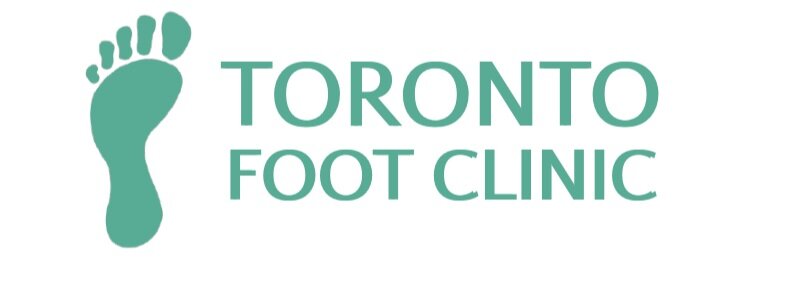INGROWN TOENAILS
WHAT ARE INGROWN TOENAILS?
Ingrown toenails are a very common condition. The corner or side of your toenail grows into the soft flesh. You’ll know that you possibly have an ingrown if you notice redness, swelling and, sometimes, an infection in the affected toe.
WHAT CAUSES IT? Ingrown toenails can be caused by wearing shoes that are too tight, cutting your toenails too low, or from an injury. Sometimes, your toenails just naturally curve in a way that makes it more likely to be ingrown. Usually, you can correct the issue with proper nail care. But if it persists, you may need to have surgery.
WHEN DO I NEED SURGERY? Surgery is required when an Ingrown toenail repeatedly gets infected, is continually painful to the point where you may not be able to wear shoes. Removal of Ingrown toenails is the most common surgical procedure done at our clinic and is called a Partial Nail Avulsion.
Partial Nail Avulsion (PNA) is a minor surgical procedure that removes a piece of nail from the edge of an ingrown toenail to relieve the pressure and pain. During the procedure, a chemical agent is applied to the root of the nail area to prevent regrowth of the nail. Before we begin the procedure, we will conduct a complete assessment, taking note of your medical history, a list of medications and medical conditions, and conduct an examination of blood supply to the foot. Once assessed, we will schedule you for surgery, which will take about 45-60 minutes. The procedure is done in our clinic with local anesthetic injected into the affected toe(s).
WHAT HAPPENS NEXT? For the first few days after the procedure you’re going to want to rest up, so try to book the next day or two off. Pain and discomfort is common, but day to day activities should not be affected. We will bring you back a couple of days after the procedure to make sure you’re healing okay and advise you on post-surgical treatment at home.
ARE THERE RISKS? As it is a surgical procedure, there is some risk of complications, however this procedure is known to be very safe and effective. There are possible risks of infection, or regrowth of nail. The risk of infection can be minimized through good post operative care, which we will advise you on after the procedure is done.
IS SURGERY COVERED BY OHIP? Procedures done in our clinic are not covered under OHIP. However, if you have private insurance through your employer or school, check to see if the surgery will be covered. We can book you for an initial assessment and provide you with an estimate to give to the insurance company.

